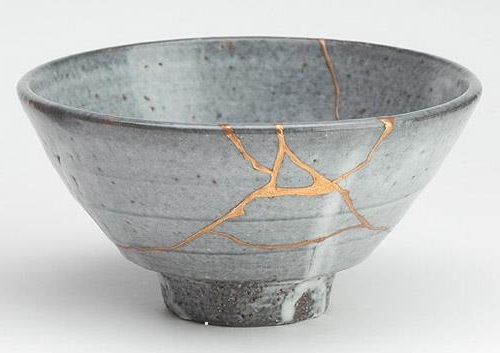Andy Goldsworthy OBE is a British sculptor and photographer who works from Scotland. As a conservationist, a lot of his work looks at the human impact on the natural world, creating site-specific works form natural resources.
The work of Andy Goldsworthy is something that I have admired for a long time, since going to see an exhibit of his art at the Yorkshire Sculpture Gallery when I was a child. As a little girl, his books Wood (1994), Stone (1996) and Wall (2000) fascinated me, and I spent hours looking over the pictures even before I could really read about what the work meant. The idea of blending the natural world and art was a novel idea to me, and Goldsworthy’s aesthetically appealing colours and seamless blends of natural formation and placed patterns set my imagination wild. This idea of taking the world around you and creating beauty, without the need for it to damage or affect the environment is a core ideal which I would love to try and convey in my final piece.
Eager to experiment with this style and some of its ideas, I decided I would love to create some pattern works with pieces of broken pottery from the fields surrounding my home, as well as sea glass from the banks of the river Severne.
Pieces of broken pottery are, to me, a perfect example of human history blending with the natural world. Most of the pieces are either willow-pattern china or terracotta earthenware pieces, remnants of old vases or sups, mostly from the Victorian era. These pieces are leftover from where people’s belongings chipped or cracked are were thrown out, eventually winding up in the dirt amongst the stones, and lifted out again when a field is ploughed. They are a small but significant of history, and I find the possibilities of stories behind each one enigmatic and inspiring. I placed them onto a white board, fitting them together haphazardly like an odd puzzle, creating something new form the pieces of many broken things and forming new art, which is reminiscent of the old Chinese artform of Kintsugi. 
I also experimented with so-called ‘sea glass’. These are pieces of broken glass which end up in the sea or river and are eroded at the edges over the years by the tide, creating misty and smooth-edged pebbles of glass. They are used by many to create jewellery and have become an almost kind of gem as they are not possible to be man-made and have to be found naturally. It took me many trips to various beaches and shorelines to gather all of the sea glass I have. Again, I find this an incredibly compelling blending of humanity and the natural world, as a man-made substance is released back into the world to create something new.
I first placed the glass on my board in colour coordination, ranging from clear through to brown, then created some concentric circles like many of Goldsworthy’s pieces. I then made an A2 sized work where the glass went in size order, from sections as large as my hand to minuscule chips of glass.
I loved the overall effect of this, the only issue being the permanence of the work. I liked how it looked against the white backdrop, however, there is no way to secure the pieces to the board easily, so I could only photograph them and then disassemble them. This would be impractical going forward, as a final piece needs to be more mobile than this. I would love to explore this mosaic theme more in my end work but perhaps will have to look at clay or mortar as a way of securing them together.































Leave a comment